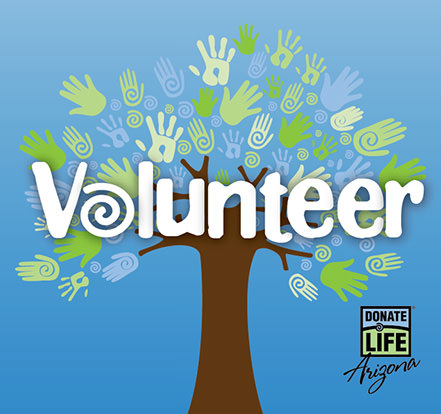The concept of brain death is difficult for many families to comprehend. However, it is important for families to understand their loved one is dead before conversations about organ, eye and tissue donation occur. The following communication points may be useful in helping families understand brain death.
- Provide frequent updates about the patient’s condition throughout the hospitalization.
- Ensure all hospital staff give clear and consistent information to the family. It is important for all hospital staff to know what the family has been told about their loved one’s condition.
- The use of visual aids (e.g. cerebral blood flow exam, cerebral angiogram or electroencephalogram) can be helpful to describe the brain injury and death. Visual aids help the family understand what they cannot see, since the patient’s body remains warm and normal in color while maintained on the ventilator.
- After declaration, refer to brain death as “death,” and tell the family the time of death. The patient is not in a coma. Refer to the ventilator and intravenous medications as “artificial or mechanical support.”
- Use the word “death.” Avoid commonly used euphemisms (e.g. passed away, gone, expired) in your conversation about the death.
- Encourage the family to ask questions and express their understanding of their loved one’s death. Allow moments of silence. Try not to fill in gaps in conversation with meaningless words or explanations.
- When feasible, allow the family to observe parts of the neurological exams. Explain the medical equipment and its function in the care of their loved one.

